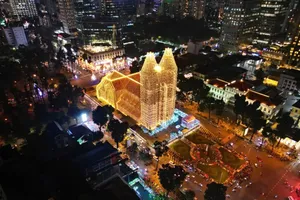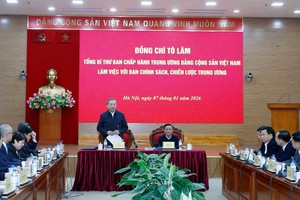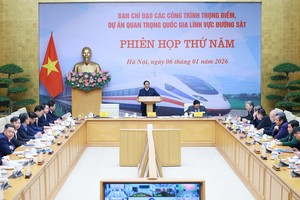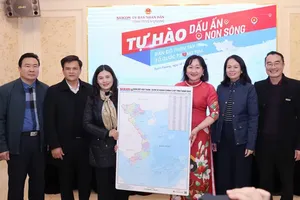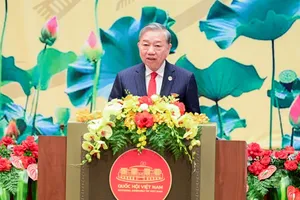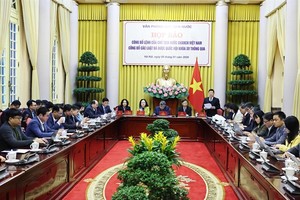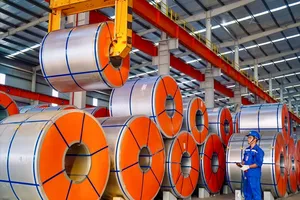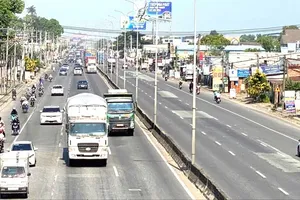Agricultural experts are concerned about the sale of thot not or sugar palm (Palmyra) trees in the Cuu Long (Mekong) Delta province of An Giang to landscapers.

It takes from 12 to 16 years for sugar palm trees to grow to full height. They can only be harvested after 20 years, but can produce juice for about 55 years, so farmers should keep the trees for long-term economic benefits.
Over the past month, many traders have visited the mountain districts of Tri Ton and Tinh Bien to buy sugar palm trees, Tin tuc (News) reported.
Local authorities said they knew about the situation but faced obstacles in dealing with the trading of sugar palm trees as they were not on the list of the Government's endangered species.
Tran Anh Thu, director of An Giang Province's Agriculture and Rural Development, said about 190 trees had been sold with prices ranging from VND250,000 (US$11) to 500,000 ($22.5) per tree aged from 10 to 20 years.
Inspections revealed that brokers had been negotiating for the purchase of 6,000 sugar palms with heights of between four and six metres.The trees are resold to parks and resorts in northern provinces.
Nguyen Van Hoa, director of the Southern Fruit Research Institute, said sugar palms were a part of the Khmer community.
He said the mass sale of the trees would affect the landscape and culture of the entire region.
Thu, director of An Giang province's Agriculture and Rural Development, said the trees helped eradicate poverty.
Chau Khen, a resident from Tri Ton District's Chau Lang Commune, said although sugar palms did not create high economic benefits, they created a stable income.
With 27 palm trees, his family produced 20kg of palm sugar a day, earning VND320,000 per day, he said.
"Many villagers have sold palm trees after receiving offers from traders, but my family will never sell them", Khen said, adding that the money gained after selling the trees were just enough for his family in three months while the income from palm sugar making lasted from year to year.
An Giang Province now has about 65,000 sugar palm trees, concentrated in Tri Ton and Tinh Bien.
People can also use the leaves to make handicrafts apart from tapping the sap collected from palm flowers.
According to manufacturers in An Giang Province, the quantity of sap collected from the inflorescence of sugar palm trees presently does not meet demand.
This could eventually affect the lives of 5,000 labourers engaged in production. Of these, 75 per cent are of Khmer ethnicity.
Thu said the Agriculture and Rural Development Department proposed the Ministry of Agriculture and Rural Development to include sugar palm trees in the list of endangered species.
